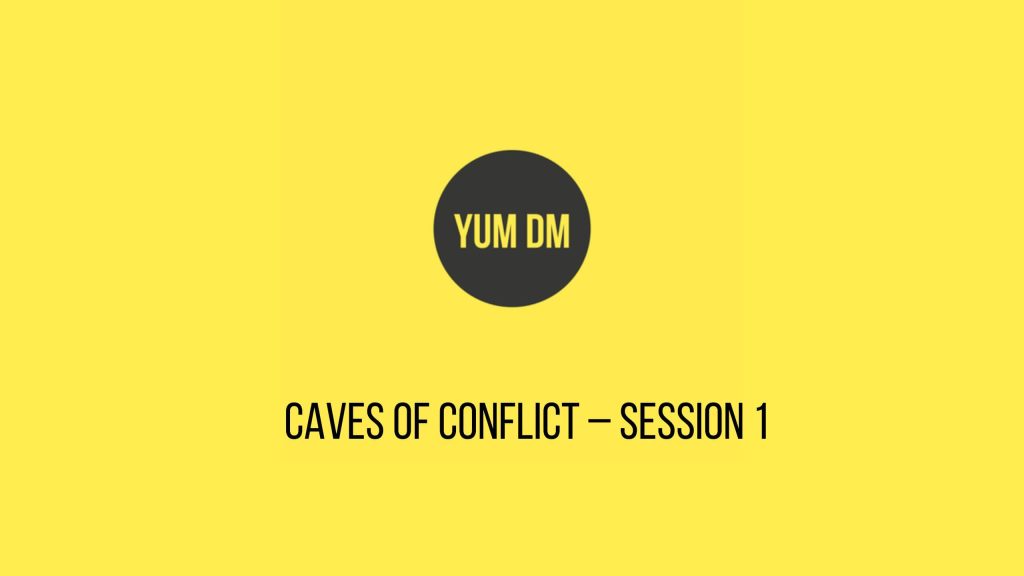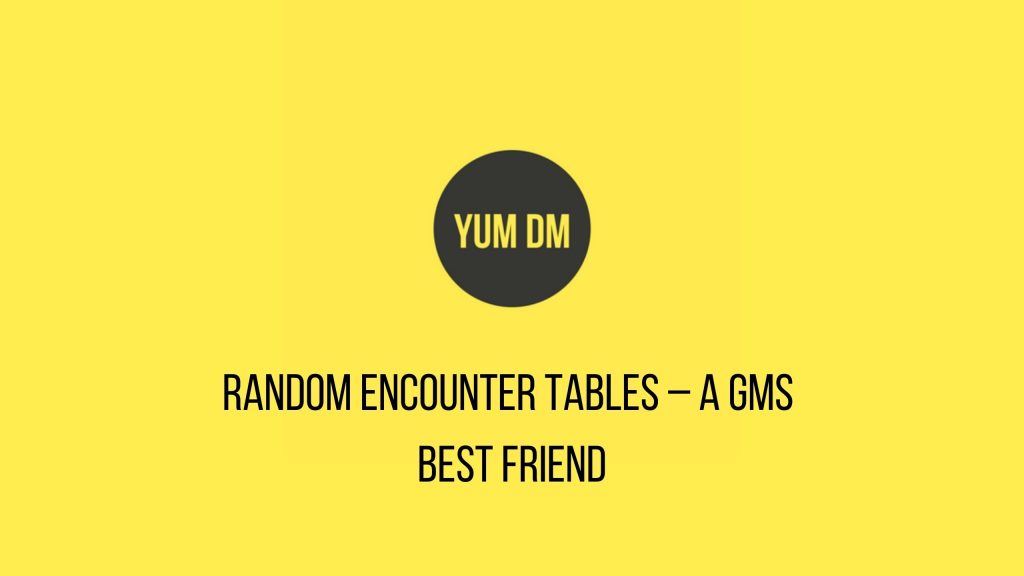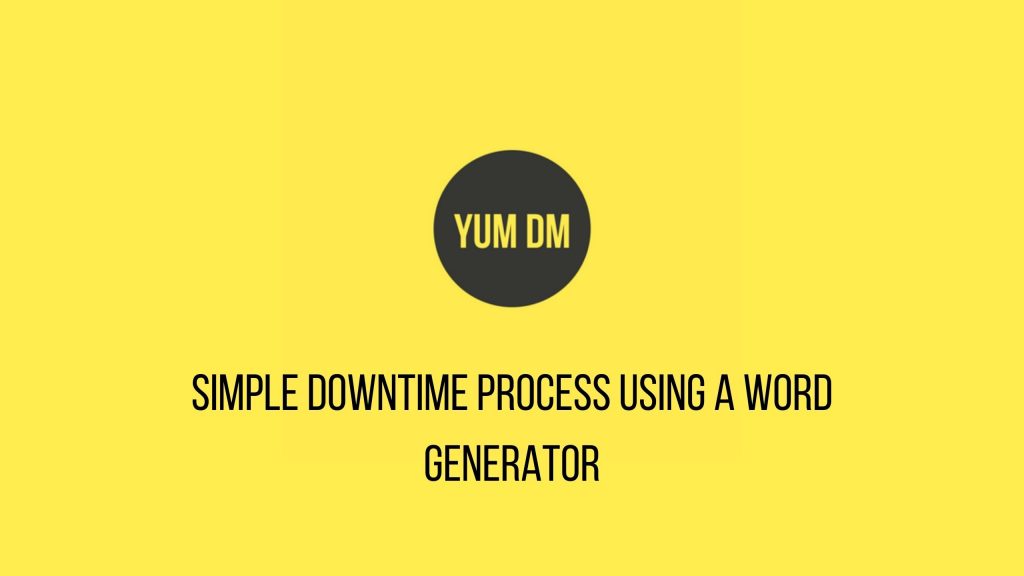
The Dungeons & Dragons module B2: The Keep on the Borderlands is a classic adventure dating back to 1979.
It’s famous for being one of the first “sandbox” adventures and countless adventurers have explored the caves over the past decades.

The Dungeons & Dragons module B2: The Keep on the Borderlands is a classic adventure dating back to 1979.
It’s famous for being one of the first “sandbox” adventures and countless adventurers have explored the caves over the past decades.

One of the greatest parts of solo roleplaying (SoloRPG) as a way to play Dungeons & Dragons is the solo podcast storytelling that has grown out of it.
Here are 4 amazing story-telling podcasts where the dice are in control and even the creator doesn’t know what will happen.
Continue reading “Cool Old School DnD Solo Roleplaying Podcasts”

I have discussed random encounter tables for D&D before on this blog, and they are an integral part of my solo roleplaying kit.
Something I have been doing on a recent Dungeons & Dragons solo campaign is creating the random encounter table on the fly, as I explore and meet new monsters.
Continue reading “Creating Random Encounters Tables On The Fly In Solo Roleplaying Sessions”

After you start solo roleplaying for a while you build up a lot of books, tables, and other resources.
And while a lot of SoloRPG gamers store these electronically, I prefer to have physical items to use as solo roleplaying.
It’s one way I can disconnect from computers, tables, and phones, and just lose myself in the story that unfolds.

The Darsildorf Experiment is a campaign that I’m running as a solo roleplay, and I thought updates and notes on how I run my SoloRPG campaigns would be helpful.
I will be updating this as I play the campaign. So bookmark it and check back.
Here you will find two types of notes:
I will be using my homebrew version of B/X for this campaign. Continue reading “Darsildorf Experiment – Solo Roleplay Campaign (Session 1)”

Oracles are an essential part of solo roleplaying.
They fill in the role of GM to a large extent, throwing up additions to the evolving story as we probe and ask questions of the world and the events within.
There are a few well-known oracles that take up whole books, filled with tables and outcomes, but what I want to promote here is a very easy to use, and fast, oracle which is not only versatile, but also completely free.
It involves a simple D6.

SoloRPG, or solo roleplaying, is gaining in popularity, especially among those who want to play Dungeons & Dragons.
While table-top solo roleplaying may sound odd at first – I mean, the game was initially designed as a social activity – there are some excellent reasons why you may want to play solo.
And solo roleplaying offers a unique and rewarding gaming experience that group sessions cannot give you.
Here are 12 reasons to start solo RPG.

Here are the resources I have in my ring-binder folder that I use whenever I solo roleplay.
I have added this over time and it is a combination of hand-written tables and tables and other information taken from various sources.
I have changed stuff to suit my own preferences and recommend you do this as well.
Hopefully this will get you started. Don’t be overwhelmed – just pick two or three of the references linked below and start from there.

Random encounter tables are a great way to bring diversity to your campaign.
The biggest error most GMs make with random encounter tables is they use stock standard ones from official books, which are filled primarily with monsters. Continue reading “Random Encounter Tables – A GMs Best Friend”

With the thoughts of my easy word generator still ringing in my head, I thought I would put it to some use other than what I laid out in that blog post.
This time, I will use it to create a simple, yet useful, system you could use for any downtime you have between adventures.
In fact, you could easily generate mini-adventures using this system, as you will see.
Continue reading “Simple Downtime Process Using A Word Generator”